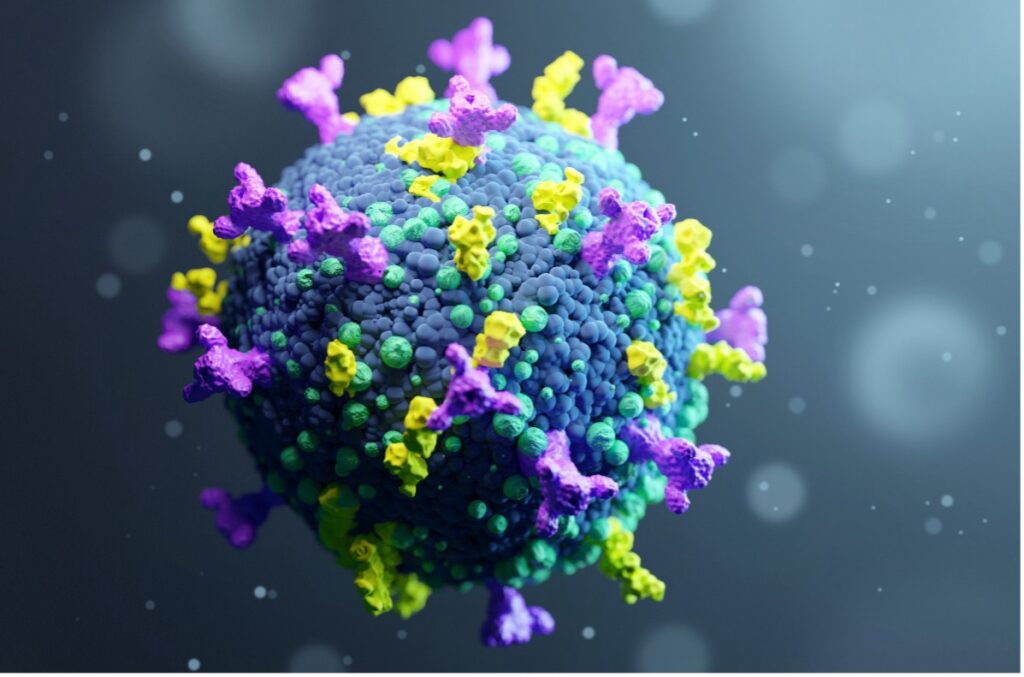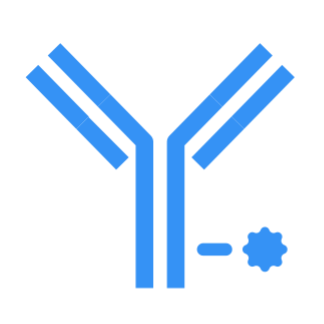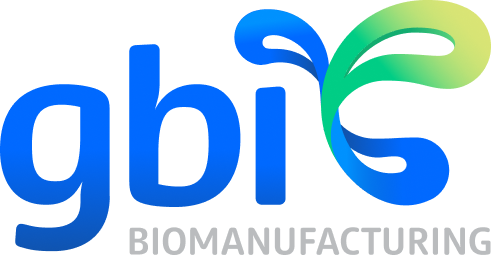Introduction
Bioconjugation interfaces between chemistry and biology and does so by creating covalent bonds between the molecules. Over two to three decades ago very few professionals in the biotechnology industry understood bioconjugation services as it was more in the research and development space with very limited application in the real world. They were initially called protein polymer conjugates (PPC). Today advances in the bioconjugation development space is expanding and exploding resulting in a transformation in the area of biopharmaceuticals.
What’s New in the Bioconjugation Space?
Advances and Challenges in Bioconjugation Development
The design and synthesis of multifunctional bioconjugates capable of carrying multiple payloads or functionalities will expand the scope of applications in areas such as targeted drug delivery, imaging, diagnostics, and therapeutics. Improvements in antibody bioconjugation, linker chemistry, and payload selection are part of the next-generation bioconjugates together with artificial intelligence (AI) to improve efficacy, selectivity, and safety profiles for different diagnostic and therapeutic indications.
Bioconjugation reactions are further classified based on the reactivity or functional group that is involved in the conjugation process, examples are amine reactions, thiol reactions, carboxylate reactions, hydroxyl reactions, aldehyde and ketone reactions, active hydrogen reactions, photochemical reactions, and cycloaddition reactions. In recent years, a lot of progress has been made in the area of site-specific conjugation techniques as opposed to random conjugation. Techniques such as enzymatic conjugation, click chemistry, and bio-orthogonal chemistry allow for selective modification of specific amino acid residues or functional groups within biomolecules, minimizing adverse side effects and improving conjugation efficiency.
Another area that is gaining traction is conjugation of oligonucleotides to antibodies (AOCs) which are synthetic chimeric biomolecules with exceptional targeting abilities, and potency to treat previously untreatable diseases.

Learn more about “Antibody-Oligonucleotide Conjugates Clinical Manufacturing- A new paradigm shift of Bio-Conjugates for Therapeutics” HERE!
The advancement of targeted nuclear imaging and radiotherapeutic agents hinges on the successful incorporation of radioisotopes into biomolecules with high site-specificity. Despite the progress made with prosthetic groups such as maleimide, vinylsulfone, and other conjugation reactions, several significant challenges remain. The challenges in bioconjugate development in most types of bioconjugates (protein bioconjugates, antibody bioconjugates, antibody-enzyme bioconjugates etc.) are lack of site-specificity, instability of bioconjugates, lack of access to reactive sites, degradation, low reaction yields and linker length.
Pathways to Overcome Challenges in Bioconjugation Development
A lot of effort is being put to overcome challenges in bioconjugation for CDMOs and other GMP bioconjugation companies to provide GLP and GMP bioconjugation services to generate products that are safe and efficacious for patients. One area is refinement of Prosthetic Groups to enhance in vivo stability and specificity for thiol groups. This could involve the incorporation of more stable linkages or protective groups that are cleaved only under specific biochemical conditions. Utilizing click chemistry principles to design more robust and selective thiol-reactive agents and conducting comprehensive studies to compare the performance of various thiol-based prosthetic groups are some of the ways in mitigating challenges like labeling efficiency, stability, lack of in vivo performance etc.
Bioconjugation Services
Contract Development Manufacturing Organizations (CDMOs)
Currently, there are several CDMOs that can provide GMP and GLP bioconjugation services (including cytotoxic payloads) to biopharmaceutical companies. These services range from bioconjugation development, scale-up, and GMP bioconjugation from early-stage clinical to commercial production.
GBI has been at the forefront of bioconjugation since 2002 with experience ranging from proof of concept through process development, and cGMP manufacturing for Phase I through Phase III clinical trials.
Commercial Bioconjugation Services
GBI embarked on a journey with our clients to expand into commercial manufacturing in 2023 and are currently getting ready for pre-approval inspection (PAI). We recently completed process performance qualification bioconjugation runs for a client as part of their BLA submission.
Examples of projects we have been involved in our 30 years since being in business are antibody bioconjugation to fluorescent dyes, linkers/chelators, opioid-conjugate vaccines, conjugation to carrier proteins etc.

Click HERE to read more about “GBI’s Role in Bioconjugation for Radiopharmaceuticals and Other Emerging Therapies”!
Compliance with Regulatory Guidelines
Ensuring regulatory compliance for bioconjugated products is a critical aspect of development and commercialization. Regulatory bodies such as the Food and Drug Administration (FDA) in the United States and the European Medicines Agency (EMA) in the European Union have stringent requirements to guarantee the safety, efficacy, and quality of these products. Companies like GBI adhere to multiple regulatory standards to achieve compliance, focusing on Good Laboratory Practice (GLP), Good Manufacturing Practice (GMP), and ISO standards.
By adhering to GLP, GMP, and ISO standards, companies like GBI can ensure the quality, safety, and efficacy of their products, thereby meeting regulatory requirements and safeguarding patient health. Identifying and mitigating potential risks through rigorous assessment, validation, and monitoring, further enhances regulatory compliance and product reliability.
Conclusion and Future Projections
The future of the bioconjugation field is promising, with the radioimmunoconjugate market set for substantial growth, beyond $11 billion in the next decade or so. Collaborative efforts among bioconjugation researchers, AI technology, pharmaceutical companies, and CDMOs are essential in driving innovation and translating targeted treatments from concept to clinic. These partnerships are not only expanding the therapeutic landscape but also addressing unmet medical needs, particularly in diseases with few existing cures. As these collaborations continue to evolve, they hold the potential to revolutionize the treatment of various challenging diseases, ultimately improving patient care and outcomes on a global scale.

